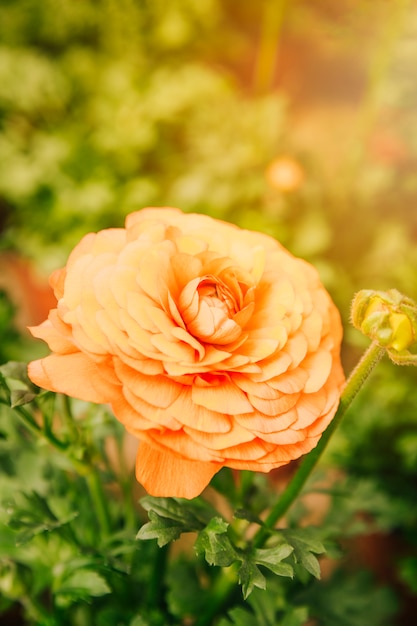
Ranunculus, like Anemones, are reasonably heavy feeders, so a few side dressings of fertiliser over their growing period can help to prolong their flowering significantly. Soak well once planted, and continue to soak well every week until shoots emerge, and then keep them moist but not wet.

Carefully push the small corms into the soil (claws facing downwards) with your finger, to a depth of around 3 - 5cm.Loosen the soil to a depth of around 10-15cm, and mix in some Bulb Food (if you’ve had trouble growing Ranunculus before, try sprouting them in seed raising mix before planting out into the garden).Before planting, soak the Ranunculus in water for around 2 hours.It’s essential to have free draining soil, but this can be rectified by raising your beds with compost and other soils if you’re in a heavy clay type area.Semi shade will help to lengthen their stems.
#Persian buttercup growing full#

The most common Ranunculus are the Tecolote (peony-flowered) hybrids from California. Ranunculus corms are fairy unusual looking, as they have small fleshy roots, known as claws attached.Īll common hybrids have been developed from breeding Ranunculus asiaticus. Ranunculus (also known as Persian buttercup) are showy, value-for-money, and incredibly easy to grow - their prolonged flowering period makes them a perfect addition to your garden or balcony.


 0 kommentar(er)
0 kommentar(er)
